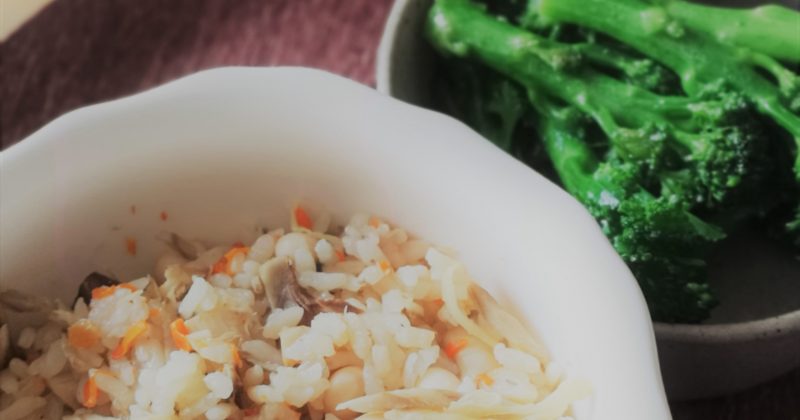挑選能包羅各營養群組的食材,準備工夫不多就能變化出不同風格的小型火鍋,傳統秋田米棒鍋的雞湯味道鮮甜,將米飯搗爛弄成的米棒是它的風土食品,浸潤湯汁後吃起來煙韌軟綿。源自古時農民狩獵時的飲食習慣,將當日吃剩的米飯黏上木棒,再塗上味噌醬燒來吃,再演變成切開米棒並放入湯鍋吃。
Continue reading →


挑選能包羅各營養群組的食材,準備工夫不多就能變化出不同風格的小型火鍋,傳統秋田米棒鍋的雞湯味道鮮甜,將米飯搗爛弄成的米棒是它的風土食品,浸潤湯汁後吃起來煙韌軟綿。源自古時農民狩獵時的飲食習慣,將當日吃剩的米飯黏上木棒,再塗上味噌醬燒來吃,再演變成切開米棒並放入湯鍋吃。
Continue reading →

小方粒的日本凍豆腐,如做湯汁配料可免泡水,待水沸後直接放入湯中,最後加味噌可熄火,讓食材慢慢吸收湯汁,温度過高亦會破壞味噌的酵素。 Continue reading →

攝取優質蛋白質,肉類之外可多選擇植物蛋白,餐盤上留片空間給原粒大豆或大豆製品,換取減少澱粉量同時維持飽足感。同是大豆製成的凍豆腐,比包裝或即食豆腐儲存得更久。 Continue reading →

鯖魚油脂飽滿,放入米飯一起煮,再混入蔬菜粒,可口又有營養。 Continue reading →
Most pregnant women can and should keep exercising during the third trimester (with physician approval). With a naturally reduced venous return during the third trimester, it’s very important for a pregnant woman to keep moving to help stave off edema (commonly found in her ankles). This focus on maintaining movement may also lead to a slightly lower birth weight. Stopping exercise in late pregnancy tends to produce a larger baby who has more body fat. A woman in the latter half of her pregnancy will generally require adjustments to her training program based on the unique changes she is experiencing. Here are two specific considerations:
Postural Deviations
From the beginning of a woman’s pregnancy, the hormone relaxin (which causes ligamentous laxity) has been flowing through her body, allowing for essential skeletal shifts that allow for the baby’s growth. However, the presence of relaxin can also lead to exaggerated shifts as a woman moves through her third trimester. The increased weight she is likely carrying can cause an anterior pelvic tilt (lordosis), which may lead to prominent low-back pain. The anterior weight shift also occurs at the breasts throughout pregnancy, profoundly more so in the third trimester. This pull adds to increased kyphosis at the cervical and thoracic spine. Kyphosis pulls her out of a neutral spinal position, which may lead to neck and upper-back pain, as well as diminished power and range of motion when she is operating out of proper posture.
Mindset
As a woman transitions into the later portion of her pregnancy, her mindset often becomes less focused on her own fitness and more on her upcoming labor and delivery. All of a sudden, she’s is much larger than she wants to be, is tired of being kicked by the baby, doesn’t sleep well and wonders if the baby is healthy and what labor and delivery will be like. As a result, her attention turns away from herself to prepare for the labor, the birth and the new baby.
According to the American Congress of Obstetricians and Gynecologists, “…more than 60% of all pregnant women experience low back pain. Strengthening of abdominal and back muscles could minimize this risk”. With the forward shifting of weight as a baby grows, the strength of a pregnant woman’s core musculature is critical to maintaining a neutral spine, and ultimately, helping to decrease muscle fatigue and pain. Without good trunk strength, the weight of the growing baby can pull the pelvis forward, causing a sway back (lordosis). This prolonged position can lead to a very uncomfortable malalignment in the spine. Increasing core strength during pregnancy will aid in getting the pelvis back into a neutral position. In addition to aerobic activity, prenatal core exercises are recommended.
Training program should:
Sources:
“Specific Considerations and Exercises for Late-term Pregnancy”, Farel Hruska, national fitness director of FIT4MOM